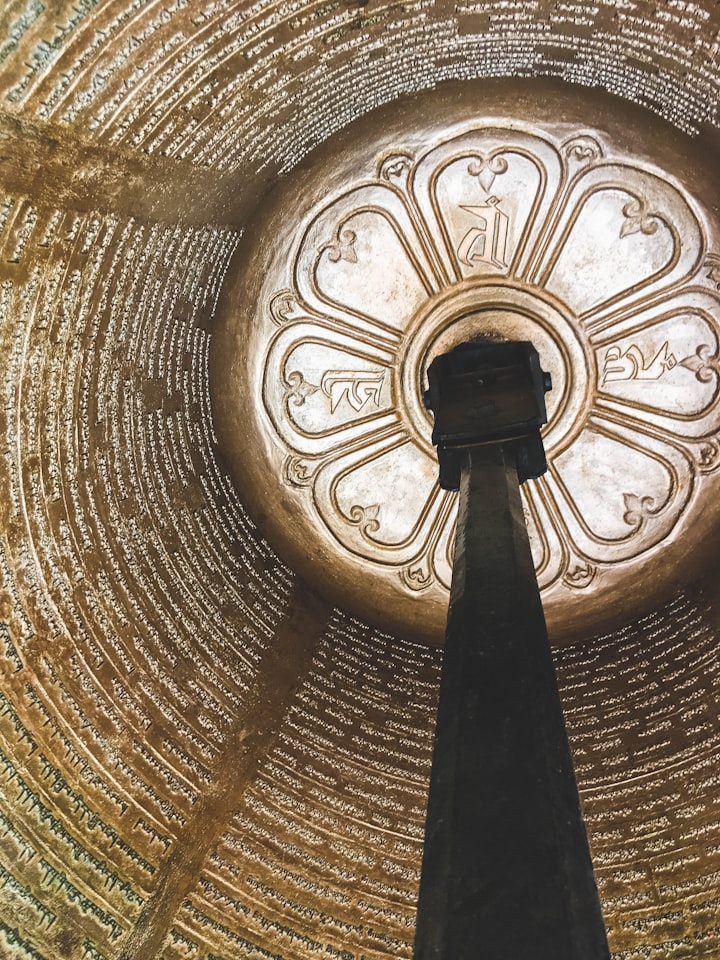How The Story Grid Changed My Writing
It's A Sorting Hat

When I was a young girl, I fell in love with stories. I always had several books on the go and was often found in my favorite reading spot, up in a tree in our front yard.
I've read quite a few books about writing, and studied story structure, trying to learn how to write one that works. Each time I would get bogged down in the details and was left trying to understand what was wrong.
I’m always falling down rabbit holes on the internet. One day I started listening to the Story Grid Podcast and I was hooked.
What is the Story Grid ?
The Story Grid is a tool that editor Shawn Coyne developed during his years as an editor. He has over twenty-five years of experience in New York publishing, working for the Big Five.
As an editor, Shawn wanted to be able to tell writers what parts of their story needed working on and he wanted to be able to tell them why they didn't work.
It’s a book, a series of podcasts, an editor training program, a framework for figuring how if your story works among other things.
It’s a diagnostic tool developed to help editors and writers talk about stories using the same language. It helps you organize your writing into a story that works.
Shawn’s approach is generous and honest because he’s interested in helping writers become better writers. There’s a lot of free material on his website and many ways to learn.
First I became hooked on the Story Grid Editor Roundtable Podcast, which inspired me to buy The Story Grid by Shawn Coyne. It’s a great book.
If you want to listen to some of the episodes, here’s a great link to the first season. Listen as the newly trained Story Grid Editors use specific examples of existing stories to illustrate the method.
For me, the Story Grid was a Sorting Hat.
My discovery of Shawn Coyne’s The Story Grid brought sanity to my writing process and allowed me to organize my thoughts in a way that made sense for the first time.
It was as if my book was put under a Sorting Hat, and because of it, for the first time, I could see clearly where it belonged.
The basic first question an editor will ask is — what’s your genre?
Shawn sorts genres into five categories.
Content, Time, Reality, Style and Structure.
A writer must consciously make a decision in each of these five genres.
Content genres are the ones you usually think of when someone asks you what your story is about.
You might say 'it's a Murder mystery or a Love story or an Action story. When a reader hears those words, it sets up a set of expectations.
Content genres are divided into Internal and External. There's usually one of each in a story. For example, a love story could include a change in the protagonist's moral compass, which would make it a Love/Morality story.
- External genres are determined by a global value and include examples such as life/death (action and thrillers), love/hate (love story or self-love story), and justice/injustice/freedom (crime or westerns).
- Internal genres include the protagonist's quest for success(status), a change in life values(worldview), and changes in their inner moral compass (morality).
The Time genre is a choice about how long the story is going to be. Some of the choices are whether it's a short story, a series, or a full novel.
The Reality genres have to do with truth or fiction, or fantasy. These genres tell the reader if they have to suspend belief or if the story is based on realism or historical facts.
Style genres are the way the reader experiences the story visually and or emotionally. They include drama, dance, musicals, comedy, and theatrical for example. There are multiple style genres and they can be combined.
Structure genres are the way the structure of the plot is created by the writer. The two most common ones are a goal-oriented plot and a plot that focuses more on internal conflicts.
When you are trying to figure out your story, choosing your Genre is a great place to begin.
This post contains an affiliate link for the Story Grid Book. If you use this link to buy the book, I may earn a commission. Thanks.
If you'd like to connect, find me on Twitter, Wordpress, and Quora.
About the Creator
Tree Langdon
Get an idea, a new word and a question.
For more, read my bio here.






Comments
There are no comments for this story
Be the first to respond and start the conversation.